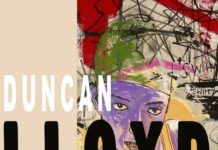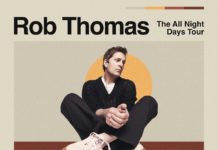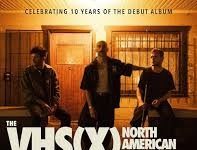What makes the song “Over the Rainbow” an indelible classic? Jeffrey Brown talks to composer and musician Rob Kapilow, who helps explain why we love the story of a girl caught yearning for both home and adventure.
Jeffrey Brown: “‘Over the Rainbow,’ right, one of the most — everybody knows this song, but why? What makes us know this song?” Rob Kapilow, composer: “You know, amazingly, the answer to that starts with the very first two notes. In this famous opening idea, there’s really only two ideas. One of them, I call ‘leap.’ The other one, I call ‘circle and yearn.’ And it’s important.
“So, you start on a note, you circle back to it, and then you yearn. That’s it, circle and yearn. She’s yearning for high C. She’s yearning for high C.
“Now, it’s really the harmony that makes it so exquisite. You know, Yip Harburg called this a song of yearning. So, here’s what she’s yearning about. He could easily have written kind of a cheery accompaniment to ‘way up high,’ like this.
“She would have been home, but she would never have gone to Oz. In a beautiful moment — and this is a fantastic moment — Arlen decides to bring back the middle of the song, but in the orchestra. There’s a beautiful quote from Yip Harburg, who wrote the words. He said, ‘Words make you think thoughts, music makes you feel a feeling, but a song makes you feel a thought.’ And you can feel her thinking. Just the orchestra. Then she comes back, just like in the B section, ‘If happy little blue birds fly.’ One last rise. ‘Why, oh, why,’ and where does she finally get to? Oz. From low C to high C, from Kansas to Oz, from reality to fantasy, and her transformation is complete.”






